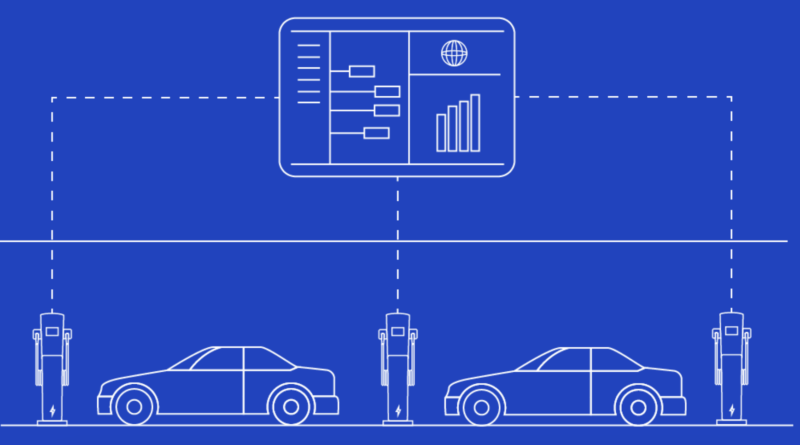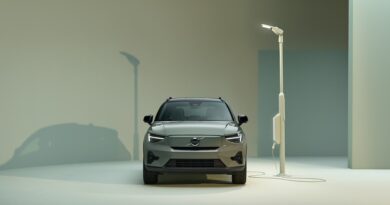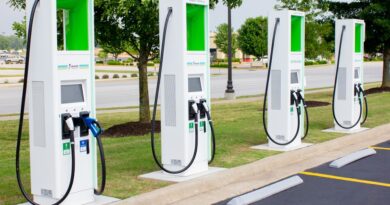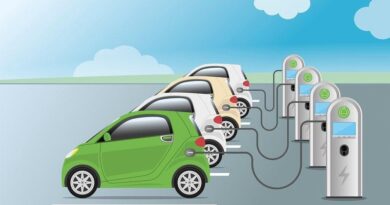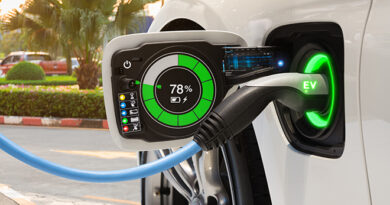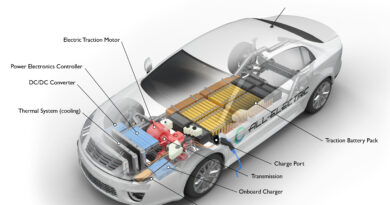What Is EV Charging Load Management?
As individuals shift to electric vehicles, they’ll confront an associate degree of unfortunate truth concerning the electrical grid: It’s a finely balanced machine. an excessive amount of or insufficient demand will blow out the system. The move to electric vehicles, thus, is a challenge…but not an associate degree insurmountable one.
Many charging system suppliers (including energy unit Connect) supply one thing known as energy unit charging load management, conjointly spoken as power management, that eases this transition and reduces risks for property house owners. Here, we’ll make a case for why this method is required, however, it works, and the way to line it up, starting, of course, with why we’d like it.
What Is Load Management Software?
Load management is as straightforward as it sounds: allocating energy to maximize capability or generation. Your energy unit has a similar software system for the battery! And it’s going to sound straightforward, however, in terms of energy unit charging, the load management software system is straightforward to change integrity with good charging or demand response. Load management works with each of these to balance energy consumption and ultimately economize, however, is connected to a site’s electrical phenomenon. good charging and demand response (other types of power management) area unit enforced at the charging station and light company levels severally. load management software system works to balance the present output capability among the energy-consuming assets during a building or business.
How It Works
Load management systems operate in several ways in which. however, most specialize in the 3 qualities above: dominant once electricity is employed, wherever it goes and the way abundant goes to every vehicle, all with bottom effort on the part of the user. In general, a user is ready to rate different components. For example, you’ll be able to rate the price and instruct the system to charge your 3 vehicles one by one throughout the night, with the most consumption limit. this enables you to confirm that every vehicle is charged the maximum amount doable while not threatening the electrical grid or risking high demand charges. Some will even be programmed to consume a lot of electricity once the grid has a lot of capability than demand, permitting users to create use of that gap whereas aiding the electrical grid.
These systems are units remarkably straightforward to use, too. you choose peak power or energy usage and tell the system a way to decide that quantity: either by the whole quantity consumed or amount used over a selected amount of your time or build the quantity attentive to grid demand. You then set power-sharing settings, choosing bound amounts for every vehicle or employing a first-in, first-out system.
Demand valuation and also the Grid
There are unit 2 reasons load management is vital, in addition to different benefits: reconciliation of the electrical grid and demand valuation.
Many suppliers charge you considerably a lot in line with the height quantity you consumed during a given fundamental quantity. As such, doing things that spike your load can cause a jump in your bill. this can be spoken of as demand valuation.
The electric grid, meanwhile, is fragile and, as temperature change will increase, we’re seeing a lot of failures. this can be a result of the grid depending on a fragile balance. the quantity consumed should be adequate to the quantity being fed into it or we’ve got blackouts. an excessive amount of or insufficient demand strains the physical systems that support the grid, forcing power firms to decide between closing down or breaking down.
How can a shift to electric vehicles affect this? Well, in 2019, Americans drove roughly nine billion miles per day. A “high efficiency” electrical vehicle gets four miles per kilowatt-hour. So, that’s a mean nationwide daily energy use of two.25 billion kilowatt-hours. Meanwhile, nationwide energy use involves ten.6 billion kilowatt-hours per day. In different words, EVs would up demand on the grid by 2 hundredths.
Moreover, vehicle charging is tougher to manage. The grid must be ready to “predict” high demand times to remain stable. an extra two.25 billion kilowatt-hours of consumption unfold across people’s varied schedules creates a substantial issue.
Demand valuation and grid reconciliation area unit concerning once electricity is consumed, in conjunction with what proportion is consumed. Demand can go up with electrical vehicles, thus load management focuses on dominant the “when.” however load management systems conjointly withstand another issue: distribution of electricity through all EVs blocked into a system.
By managing these 2 variables in the wheel, load management systems cut back prices for the person victimization them and defend the native grid, all by managing once electricity is consumed, what proportion is employed and wherever those amounts go.
Utilize Load Management With energy unit Connect
While demand valuation and a sensitive grid will build property house owners hesitant concerning putting in energy unit charging infrastructure, load management systems build use of the good practicality that defines our digital age by mechanically removing those worries and permitting you to charge your vehicles while staying inside the bounds of your infrastructure and finances. to be told a lot concerning load management at the energy unit Connect

